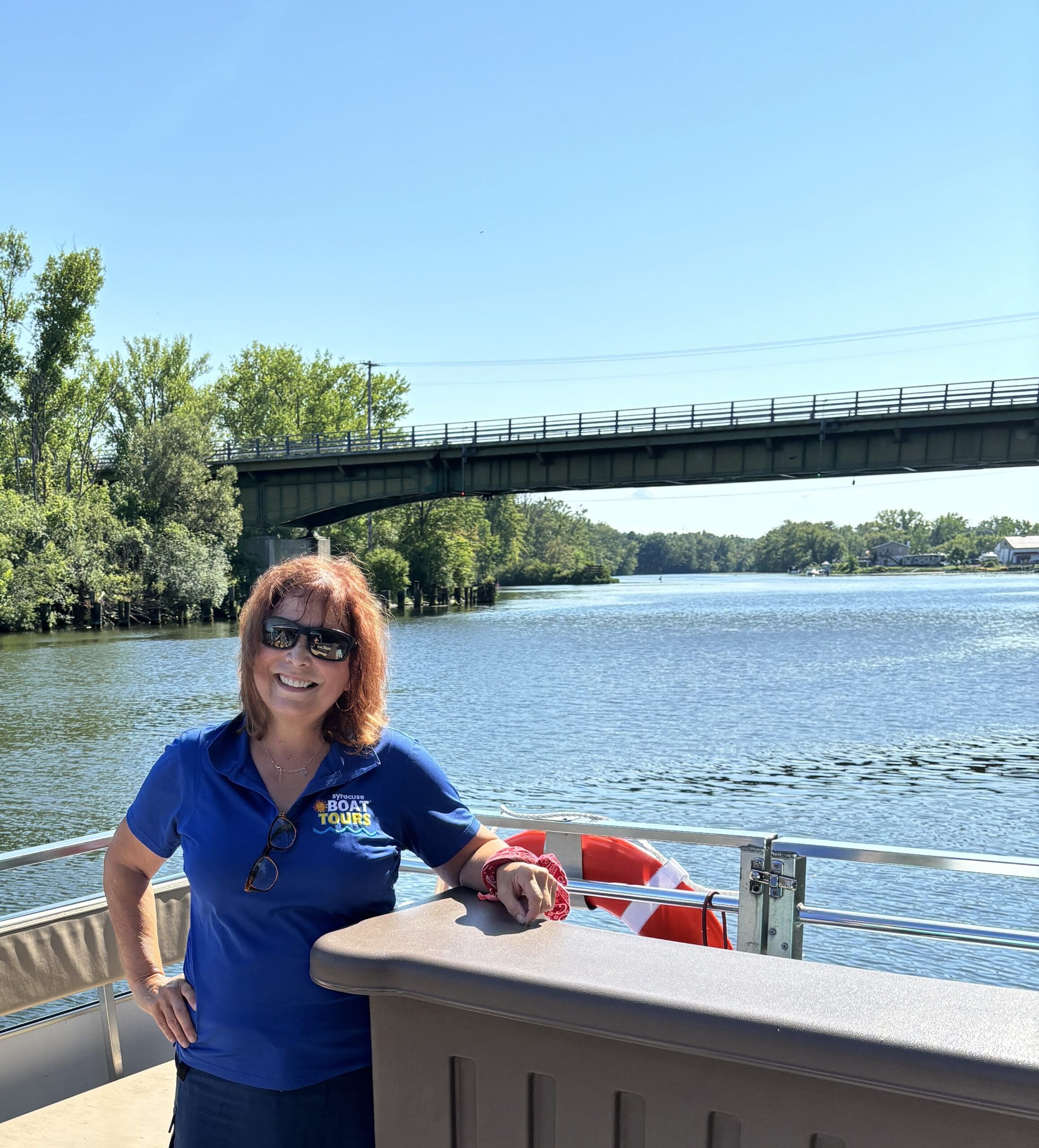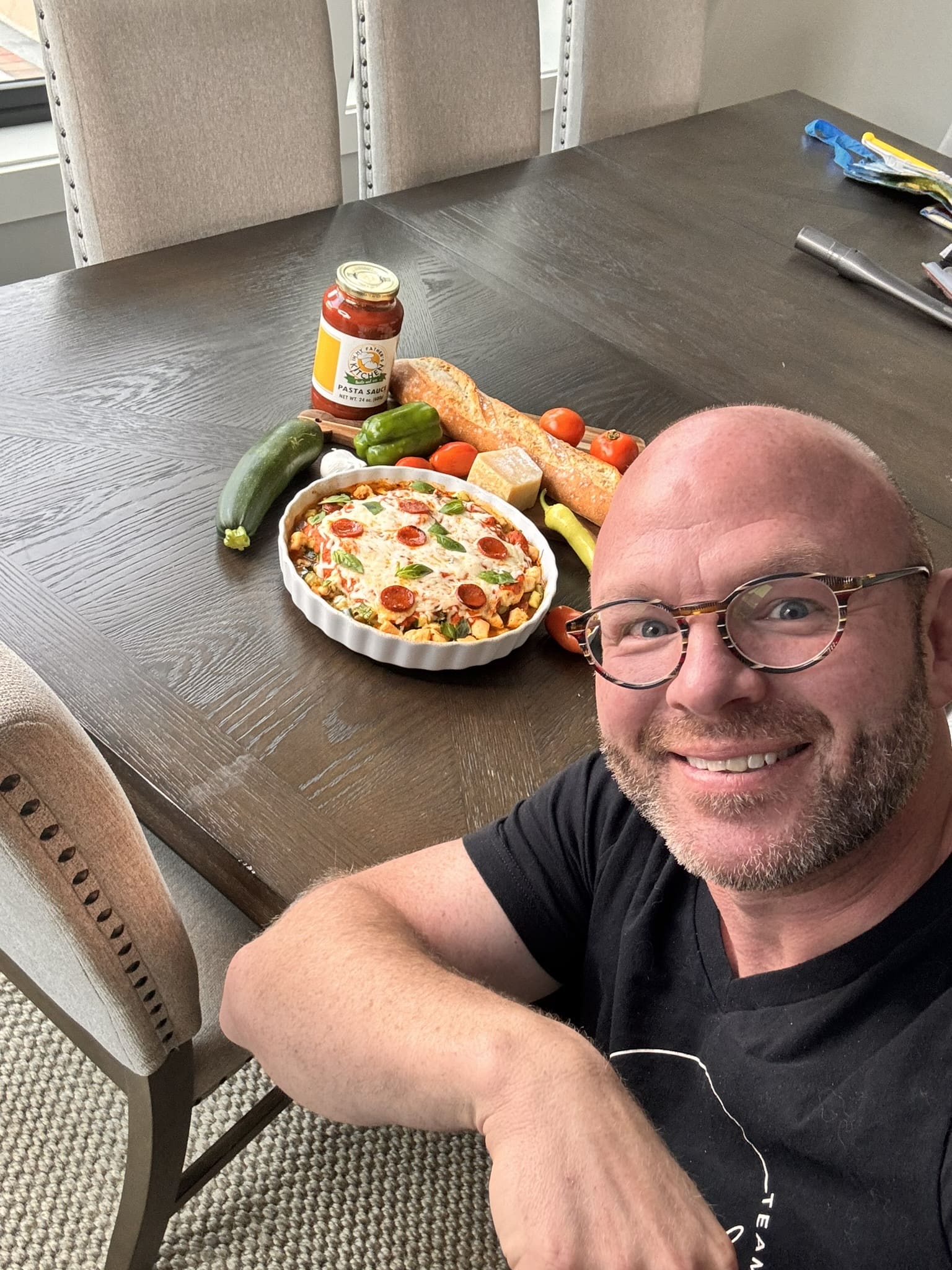More women candidates running for local office for the first time
There are more than 500,000 elected offices in the United States at the local, state and federal level.
Of those, less than a third are held by women.
According to the nonpartisan organization She Should Run, in 22 states, women make up less than 25 percent of the legislature. In 23 states, including New York, no woman has ever been elected governor.
“It’s not that we don’t win,” SheShouldRun.org proclaims on its front page. “It’s that we don’t run.”
She Should Run, along with Emily’s List, Higher Heights for America, IGNITE, Get Her Elected and a number of other nonpartisan groups, is working to change that. These organizations are recruiting and training women to run for office at all levels. In the 2018 midterm elections, a historic number of women ran, and a record-breaking number won — 102 were elected to the House, 14 to the Senate, and nine in state gubernatorial races.
In 2019, the focus shifts to local office as town and county officials seek to defend their seats from challenges. Across Central New York, following the national trend, many of those challengers are women.
At the moment, women are seriously underrepresented in local government. In Onondaga County, just 25 percent of municipal elected offices are held by women. Of the county’s 19 towns, just six are led by women. Only two of the 14 villages have female mayors. Several boards have no women at all.
But women from both major parties hope to change that in November. A number of them have thrown their hats in the political ring for the first time in an effort to improve their communities — making their governments more diverse is just an added bonus.
Engaging voters
A total of 146 village, town and county offices are on the ballot in Onondaga County this November, according to the Onondaga County Board of Elections, and 476 candidates have filed petitions for those offices. This year’s crop of petitions include a number of first-time candidates, including several women. While there are female candidates on both sides of the aisle, there are more new Democratic women running this year, simply because there are more Republican incumbents in office Onondaga County.
So what prompted these women to run? While all were motivated by a sense of personal obligation to their communities, each had additional factors pushing them into the race. Some were inspired by political factors.
“I think an important priority should be to reestablish trust in our democratic system,” said Rita Paniagua, a Democrat running for an at-large seat on the Syracuse City Council. “There is a majority that have become disengaged and even a greater number that are not interested to be engage. A democracy only works when all voices are included.”
Nodesia Hernandez, who is seeking the Second District seat in the Onondaga County Legislature, said in order for all voices to be included, more people need to run.
“I noticed that within my district and in the county, many elections are unopposed,” said Hernandez, a Democrat. “For a fair democracy we need to have fair elections where both Democrats and Republicans are on the ballot.”
Hernandez and fellow Democrats said it’s especially important to have a balance on the legislature in the coming years as the county and state look to redraw election district lines. The lines were last redrawn in 2012 after the 2010 census. The state is required by law to redraw district lines for the state legislature every 10 years based on population shifts. After the 2020 census, an independent commission will also redraw the district lines in the city of Syracuse.
Issues-based campaigns
Misse Ross said redistricting is an important issue, part of a larger problem with transparency and accessibility that she sees in Onondaga County.
“Many of the problems our community suffers stem from root problems that have been left unaddressed for decades,” said Ross, a Democrat running for Onondaga County Legislator for the 15th District. “Many of these issues could be positively impacted with just communication between county agencies and other levels of government.”
She pointed to what she called a “lead exposure epidemic” in Onondaga County.
“[Lead exposure] is a root cause for low graduation rates, behavioral problems, youth violence, incarceration, etc.,” she said. “We have programs in place to help with this, we have had these programs for decades, yet the problem is not improving.”
Ross said the reason for the continued issues is that the different agencies meant to help families—WIC, the county lead program, the county Department of Health, DSS—don’t communicate well enough. She said she’s running in hopes of addressing that larger issue of “dysfunction” in the county.
For Mary Kuhn, the issue is I-81.
“I favor the Community Grid,” said the Democrat, who is running for the County Legislature’s Seventh District Seat. She said she’s concerned about the framing of the highway reconstruction as a “city vs. suburb” issue. “It is an opportunity for us to listen to each other and recognize the substantive issues impacting us all… We now have the opportunity to reframe that conversation as a regional one.”
‘I was waiting for someone else’
Nancy White, a Republican running for the Cicero Town Board, said her decision to run was a combination of opportunity and a sense of duty.
“I have always felt that at some point I would run for political office to leverage my experience to serve my community – to give back,” she said.
Then earlier this year, White was approached by Cicero Republican Committee Chairman Jim Corl, Sr. Longtime Councilor Vern Conway had chosen to retire.
The opportunity arose earlier this year when Jim Corl Sr., The, approached me about an open seat on the Cicero Town Council. Vern Conway had decided to retire and not seek reelection to the board and the committee wanted her to run.
“I was humbled and honored to be recognized as someone in the community qualified to take on the challenge,” White said.
When Bryn Lovejoy-Grinnell was approached about running for the Syracuse Common Council’s Third District seat, her initial response wasn’t quite so enthusiastic.
“I had never before considered running for public office, so my first instinct was to say no,” said Lovejoy-Grinnell, a Democrat. “I looked around and I realized I was waiting for someone else to step up. But I knew that I would bring something uniquely valuable to the position.”
Getting more women to run
Lovejoy-Grinnell’s response is fairly typical—statistically, women are less likely to even think about running for office. According to a 2017 survey conduced by Politico, women and girls are less likely to be encouraged by parents, teachers, coaches, grandparents, other mentors or by politicians to run for office from a young age than boys and men. Women are more likely to think they’re unqualified for political office.
Lovejoy-Grinnell said the lack of women in local office was “outrageous.”
“In general women wait until they think they are overqualified before applying for a job, and men apply when they have 40 percent of the qualifications for the job,” she said. “Politics is no different. Women have to believe in themselves and the gifts they bring to the position, and we all have to support women in running and succeeding.”
So how do we get more women in office? Frankly, by putting more women in office. According to a study by researchers from the University of Boulder and Notre Dame, “on average, the presence of a female governor or U.S. senator in a state translated to an additional seven women running for state legislature in the next election cycle.” That so-called “legacy effect” continued to impact future election cycles. This was true even if women candidates lost their races for governor or senator—women continued to run for state office in higher numbers. Researchers also saw an increase in the number of female candidates in neighboring states and across party lines.
Indeed, the women running for office in Onondaga County said they were influenced by other women. While some pointed to well-known figures like Elizabeth Warren, Alexandra Ocasio-Cortez, Condoleeza Rice and Nikki Haley, others found their inspiration closer to home.
Christina Quijano, a Republican seeking a seat on the Geddes Town Board, said Geddes Councilwoman Susan LaFex is her mentor.
“Sue is a retired schoolteacher and got involved in our town in a positive way,” Quijano said. “I have a lot to learn from her as it pertains to our town, local politics, and life in general. She has been the example to me that real change happens at the local level by people who care for what is best for the community above any self-interest.”
Every voice heard
Putting more women in office has multiple benefits.
First of all, it makes government more representative of its constituents.
“We need more women in office first of all to represent 50 percent of the population,” said Kuhn. “An individual’s perspective is shaped by their race, gender and generally speaking, their life experience. The County Legislature is primarily a policy-making body. Every dollar that enters our region goes through the legislature. A female voice, as well as the voices of our diverse community, is therefore essential when considering legislation and how those dollars are spent.”
Manlius Town Board candidate Heather Waters agreed.
“Research shows that having more gender equity strengthens democratic processes,” said Waters, a Democrat. “You’re increasing the numbers of citizens actively participating in the decision-making of a government.”
Moreover, research has shown that government works differently when more women are involved.
“It is suggested we are more likely to work across party lines and support social issues that are not given as much attention,” Waters said.
At the national level, a Stanford University study found that women in Congress had twice as many bills passed into law. They were more likely to direct federal dollars to local programs than their male colleagues, bringing 9 percent more in federal funding back to their districts.
If nothing else, having women in office serves as an example to others.
“Me standing up and running for office in Onondaga County,” Hernandez said, “if it doesn’t do anything else, I hope it encourages other Democrats of all genders and race to run for office especially young African-American girls.”





